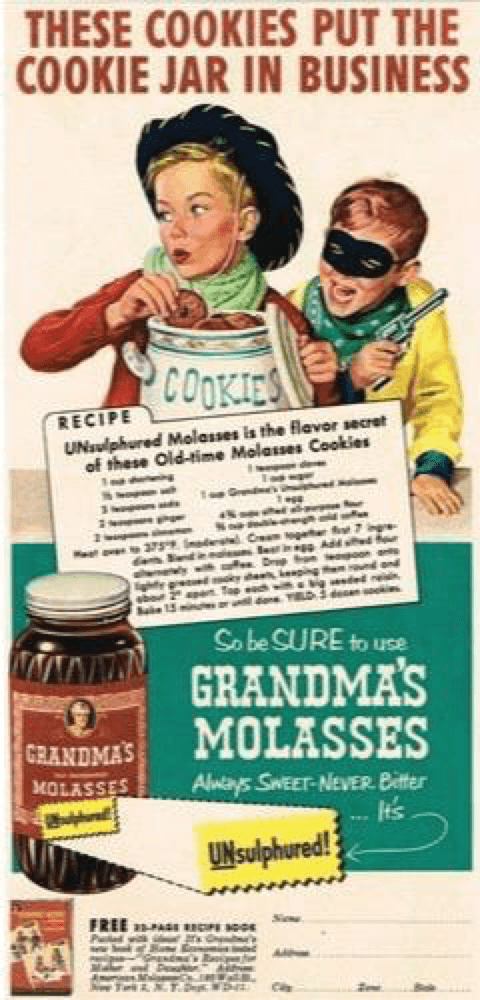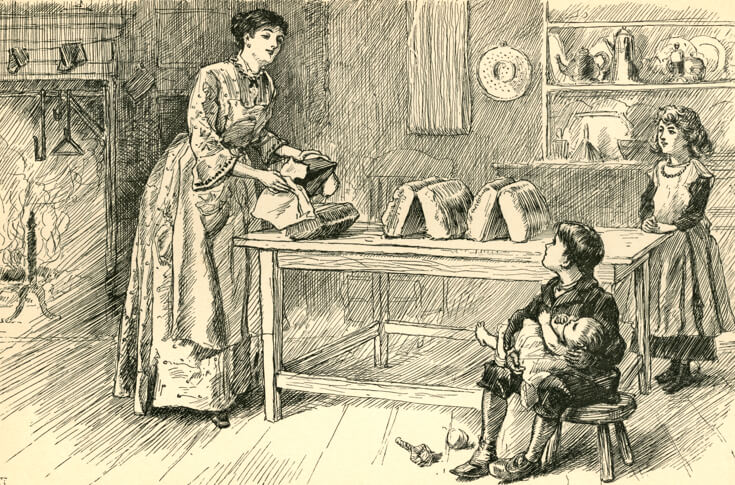About Grandma’s® Molasses
Grandma’s® is America’s #1 brand of molasses that has been a trusted household name generation after generation.
Grandma’s Molasses is made of the highest grade sugarcane molasses that is unsulfured and contains no preservatives, artificial flavors or artificial colors. It’s the secret ingredient for baking and cooking.
Grandma’s Molasses is a nutritious alternative to refined sugar that is also Kosher and gluten free. It’s essential in baked goods (gingerbreads, cookies, pies, cakes) and glazes. Grandma’s Molasses is also perfect in slow-cooked dishes like baked beans and barbecue sauce. It enhances ordinary meals by making them extraordinary, cherished recipes that meet Grandma’s seal of approval!
Grandma’s comes in two grades: Original Molasses and Robust Molasses. Both are unsulfured molasses, making them the finest quality of sugarcane molasses available. You can trust that Grandma’s Molasses will bring homemade goodness every time and add love to every meal.


History of Molasses
In recent American history, molasses dates back to 1493, when Columbus introduced it to the West Indies. Molasses became an important product in Colonial trade. The founders of Georgia used molasses as a reward for settling there.
Baking was the most popular way to prepare food in the Colonies, so molasses became associated with baked goods: doughnuts, mince pies, pumpkin pies, gingerbreads, baked beans, corn bread, cookies and cakes. Maine children poured it over buttered bread for Sunday night supper, while molasses formed the base under the crumb topping of Pennsylvania Dutch shoofly pie. In England, any candy made of molasses was called toffee, which later evolved into taffy.
The most important spirit that warmed the colonists was rum, made principally from molasses. Before the Revolutionary War, it is estimated that colonists downed an average of four gallons of rum a year. Some historians argue that it was not the British tax on American tea that precipitated the Revolutionary War but the Molasses Act of 1733, which imposed a heavy tax on sugar and molasses coming from anywhere except the British sugar islands in the Caribbean. There was such widespread evasion of this tariff that it was lowered in 1764.
Molasses remained the most popular sweetener through the nineteenth century. Used to sweeten drinks as well as confections, molasses was also used to flavor meat, especially pork and ham. By the 1830s, a bride’s popularity was measured by the number of layers of molasses stack cake guests brought her. Grandma’s Molasses carries on that great tradition today!

